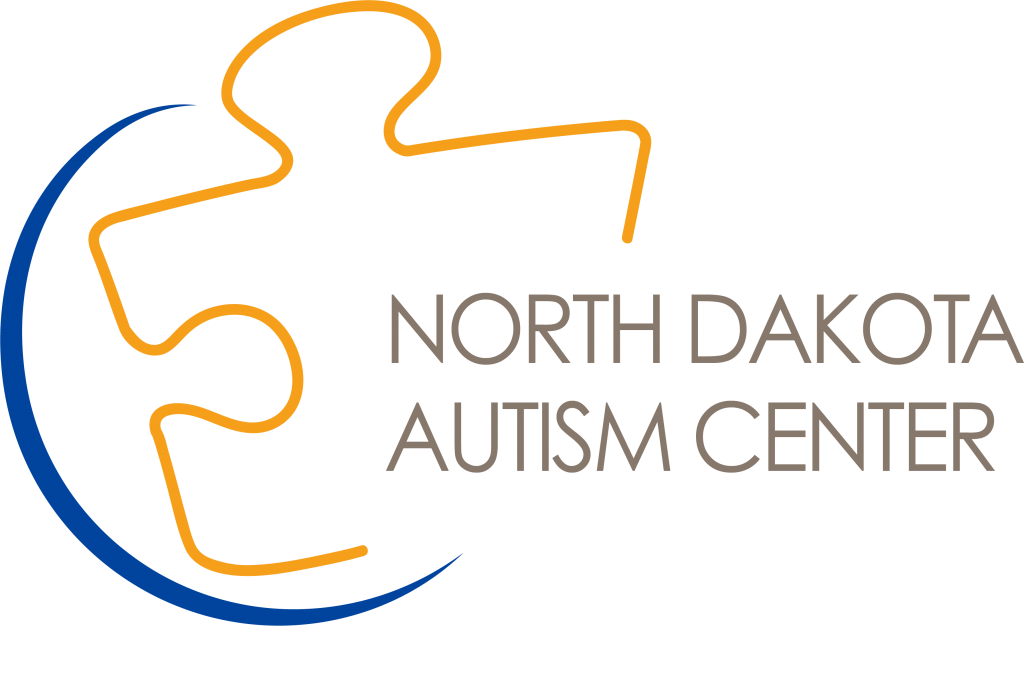What is ABA?
Applied Behavior Analysis is a science devoted to understanding behavior in order to change socially significant behavior to a meaningful degree. Socially significant behavior are behaviors that can improve the life experience of an individual. Examples of these include social skills, communication, daily living, self-care, leisure, vocation, and much more. The ultimate goal of a Behavior Analyst is to help individuals bring about meaningful change that is generalized into all facets of life and maintained over time.
